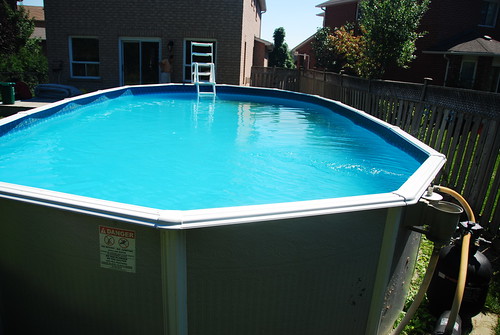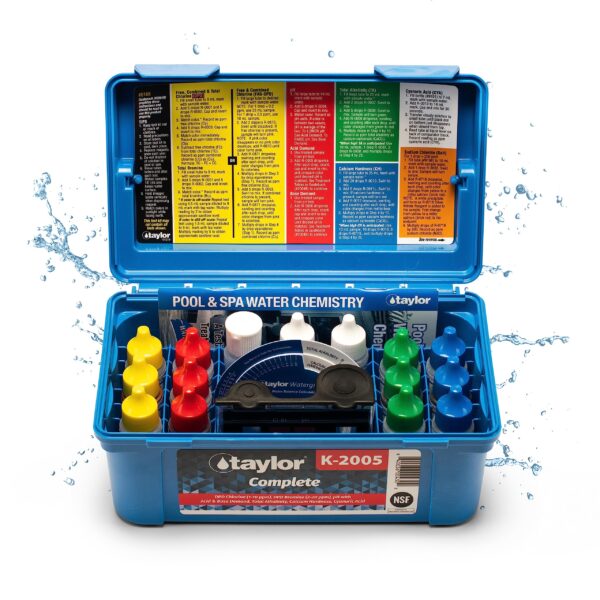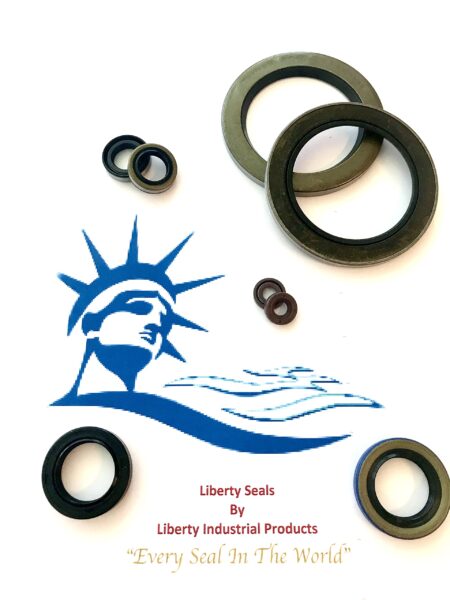So, the shiny new above-ground pool in your backyard is finally here, and you're ready to dive in—literally and metaphorically. But where do you start? Starting up an above-ground pool for the first time may feel like a daunting task, but with the right steps and a splash of preparation, you'll be floating in no time. Here’s how to get it done.

The key to a successful pool start-up lies in proper groundwork—quite literally. Make sure your pool is installed on a flat, debris-free surface. If you're still planning installation:
After installation, clear your pool cover of water and debris before removing it—and don't forget to clean and dry it for proper storage. To select the right cover, consider the best solar covers for above-ground pools on the market.
Start by assembling your pool’s pump, filter, and hoses:

Time for water! Fill your pool until the water level reaches the middle of the skimmer opening. During this step:
Got water? Now it’s time to start your pump and get circulation flowing:
Test your pool water as soon as it’s full to keep everything sparkling and safe. Essential levels to monitor include:
Add chemicals gradually:
| Chemical | Purpose | Ideal Range |
|---|---|---|
| Chlorine | Sanitizes water | 2–4 ppm |
| pH | Prevents irritation and corrosion | 7.4–7.6 |
| Total Alkalinity | Stabilizes pH levels | 80–120 ppm |
With the pump running smoothly and your water balanced, give your pool a good cleaning:
Allow the pump and filter system to run for 8–12 hours a day to ensure proper circulation and filtration.
One-time start-up isn’t where pool care ends—it’s all about building good habits. Here are the basics to keep your pool swim-ready:
Maintenance is key to a pool that stays clear, beautiful, and safe for everyone.
Starting an above-ground pool is all about preparation and patience, but the reward is your own private backyard paradise. Got any pool-starting tips or favorite maintenance hacks? Share them in the comments below—your insights could help keep other readers afloat!

Taylor-Swimming-Chlorine-Alkalinity-Hardness/dp/B001DNXK78

Pool-Pump-KIT-Jacuzzi-65065/dp/B093LT4QNC
As you embark on this exciting journey of setting up your very own above-ground pool, we hope these tips have made the process feel as refreshing as a dip in cool water on a summer day. We understand the thrill of new projects and the joy they bring, and we love sharing these moments with you. For even more inspiration and handy tips, why not check out our pool project boards on Pinterest? Or, if you’re more into seeing the progress in real-life pictures, follow our backyard transformations on Instagram. We also love to chat and share even more ideas on X (formerly Twitter). And of course, don’t forget to join our community on Facebook where we keep the conversation going with passionate fellow enthusiasts like you. Dive into our social media spaces and let’s continue creating new possibilities together!
STEPS FOR INSTALLING AN ABOVE-GROUND POOL
1. Excavate and level the ground where the pool will be placed.
2. Prepare the pool's base using sand or another solid foundation.
3. Assemble the bottom track of the pool structure.
4. Erect the pool wall.
5. Install the liner, securing it to the wall with the top track.
6. Attach the pool posts to stabilize the wall and liner.
CRUCIAL CHEMICALS FOR INITIAL POOL MAINTENANCE
1. Chlorine: Essential for keeping your pool water safe and clean.
2. pH Adjusters: Includes both increasers and decreasers to balance water acidity.
3. Algaecide: Helps in preventing algae growth.
4. Water Clarifier: Ensures sparkling, clear water.
5. Stabilizer: Protects chlorine from being degraded by the sun.
6. Shock: Provides an intense dose of sanitizer to maintain water clarity and hygiene.
7. Alkalinity Increaser: Stabilizes pH levels by buffering the water.
STEPS TO REOPEN YOUR POOL AFTER WINTER
1. Clear any water and debris from the pool cover using a pump or siphon.
2. Carefully remove the cover, detaching any securing wires if necessary.
3. Reconnect all mechanical equipment like the pump and filter.
4. Refill the pool to the appropriate water level.
5. Prime the pump and initiate operation.
6. Clean and reinstall any pool accessories.
7. Add the necessary chemicals to balance the water.
8. Run the filter and backwash the pool to ensure cleanliness.
PROCEDURE FOR SHOCK TREATMENT IN A POOL
1. Understand the Shock Treatment: Carefully read all instructions, warnings, and first-aid info on the chlorine shock packaging, as each product can vary.
2. Apply Chlorine Shock: Turn on your pool system and set the multiport valve to the filter or normal mode.
3. Brush the entire pool surface to help distribute the chemical evenly.
4. Run the filter to circulate the water and maintain consistent water quality.
